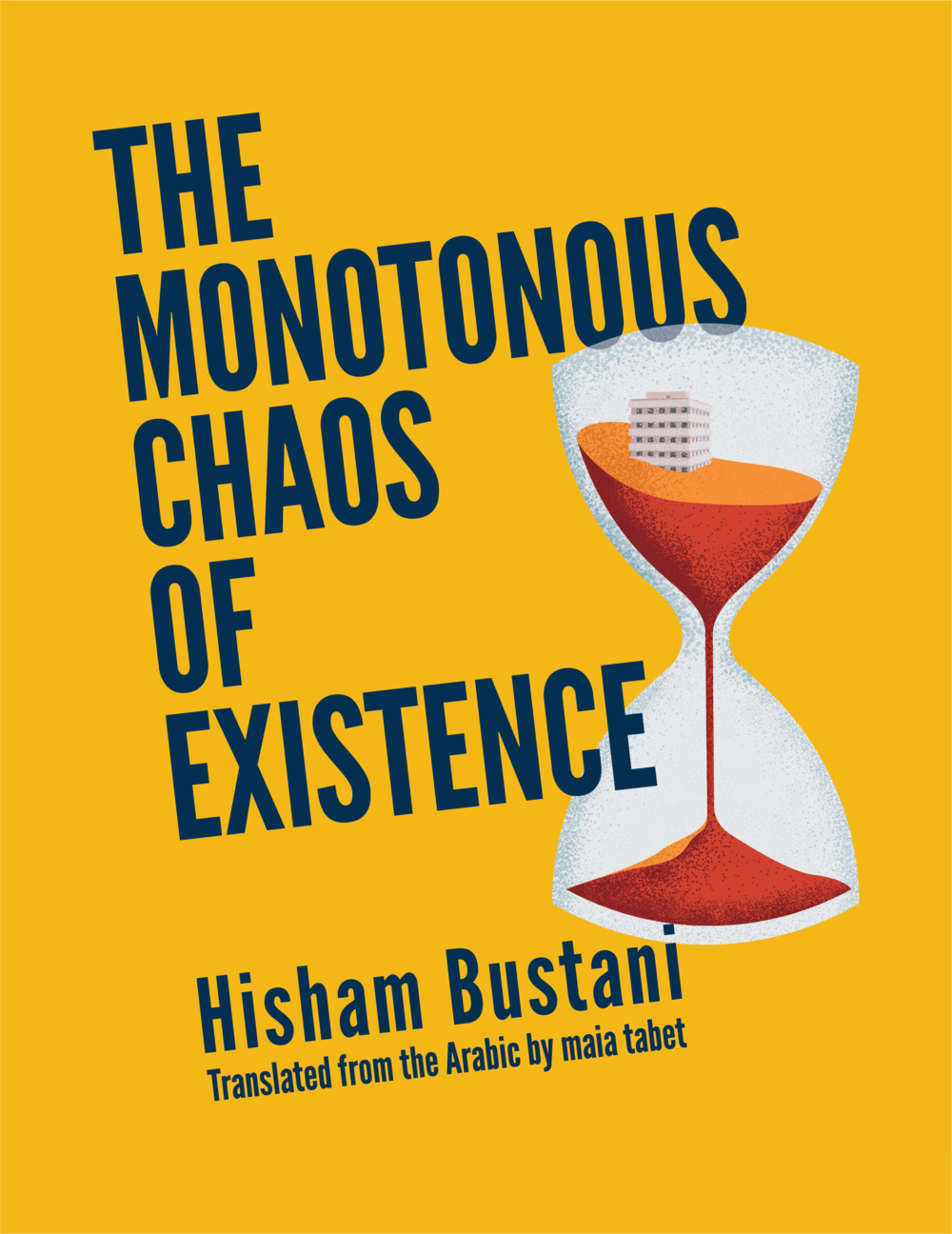Not Lost in Translation—An Interview with Jordanian Author and Activist Hisham Bustani
Curtis Ryan interviews the award-winning Jordanian writer Hisham Bustani about his innovative literary works in multiple genres, the art of translation, government censorship and his political activism. This wide-ranging discussion provides an illuminating view into Bustani's creative processes as w









